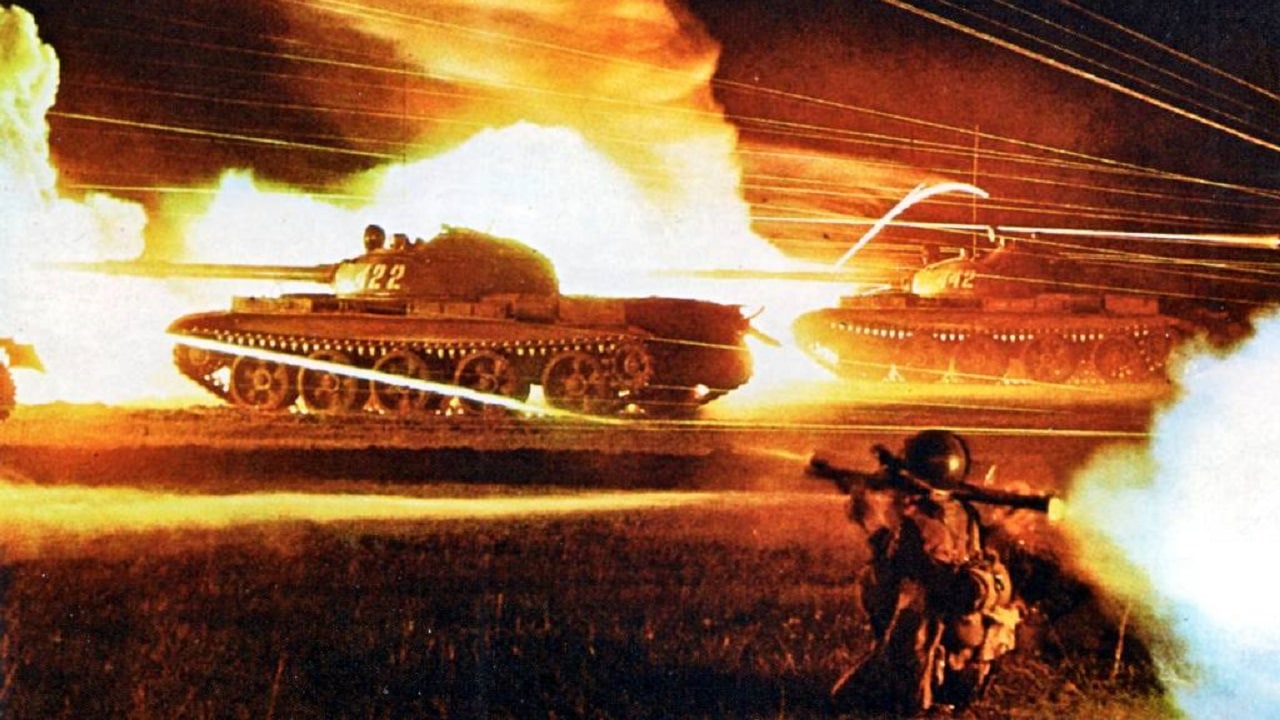Last month, a video showing “vintage” T-62 tanks loaded on train cars bound for Ukraine went viral online. Anton Gerashchenko, an adviser to the Ukrainian government, shared a short clip of the 60-year-old main battle tanks (MBTs) lined up on railway cars.
Россия модифицирует 800 танков Т-62 для войны в Украине. Это значит, что все более новые танки Т-64, Т-72 и Т-80 закончились, а новые быстро произвести нельзя
Оцените обстановку танкового завода на видео, кстати pic.twitter.com/w9Z43ZJict
— IanMatveev (@ian_matveev) October 12, 2022
“Old Soviet tanks taken out of conservation by Russia – with no protection against modern weapons. And new Russian conscripts (also with no protection against modern weapons and a modern army – we’ve seen what they fight in). Perfect combination, doomed for success, I would say,” Garashchenko tweeted.
This week another video, which has been seen more than 750,000 times and widely shared across social media platforms, appeared to show a Russian factory refurbishing the antiquated armored vehicles. Dozens of tanks were apparently being made ready for deployment to Ukraine.
“Russia is modifying 800 T-62 tanks for the war in Ukraine. This means that all newer T-64, T-72 and T-80 tanks are over, and new ones cannot be produced quickly. Assess the situation of the tank factory in the video, by the way,” explained video blogger Ian Matveev (@ian_matveev).
Multiple analysts quickly agreed that it speaks of the desperate situation the Kremlin finds itself in, as it now relies on such antiquated hardware. As previously reported, the T-62 was developed as an improved variant of the T-55 series and was first introduced in 1961. It was certainly a capable tank for the Cold War, and many of its design features became standardized in subsequent Soviet and Russian mass-produced tanks. However, the vehicles are likely older than many of the crews – and possibly their parents!
Yet, what it may lack in modern capabilities, it could make up for in significant numbers.
The former Soviet Union built more than 22,000 T-62s between 1962 and 1975, which means there are a lot of parts available to service the basic vehicle. Moreover, the T-62 – despite its age – could be a platform many Russian reservists are familiar with, and even also be an easier platform to be trained on than the later T-72, T-80, or T-90.
Many of the “classic tanks” that have been deployed to Ukraine have also been upgraded to the T-62M and the T-62MV models. Those have been equipped with the BDD applique armor package and mobility improvements as well as the ‘Volna’ fire control system. In addition, the T-62MVs are fitted with the enhanced protective ‘Kontakt-1’ explosive reactive armor (ERA) on the sides of the hull, the glacis plate, and on the front of the turret.
It is still unclear if those upgrades will actually provide enhanced protection “as advertised.” Soviet-designed Cold War armor, including the T-62 as well as the more advanced T-72, have proven to be especially vulnerable to western-made anti-tank weapons such as the American FGM-148 Javelin, British NLAW, and Swedish AT4.
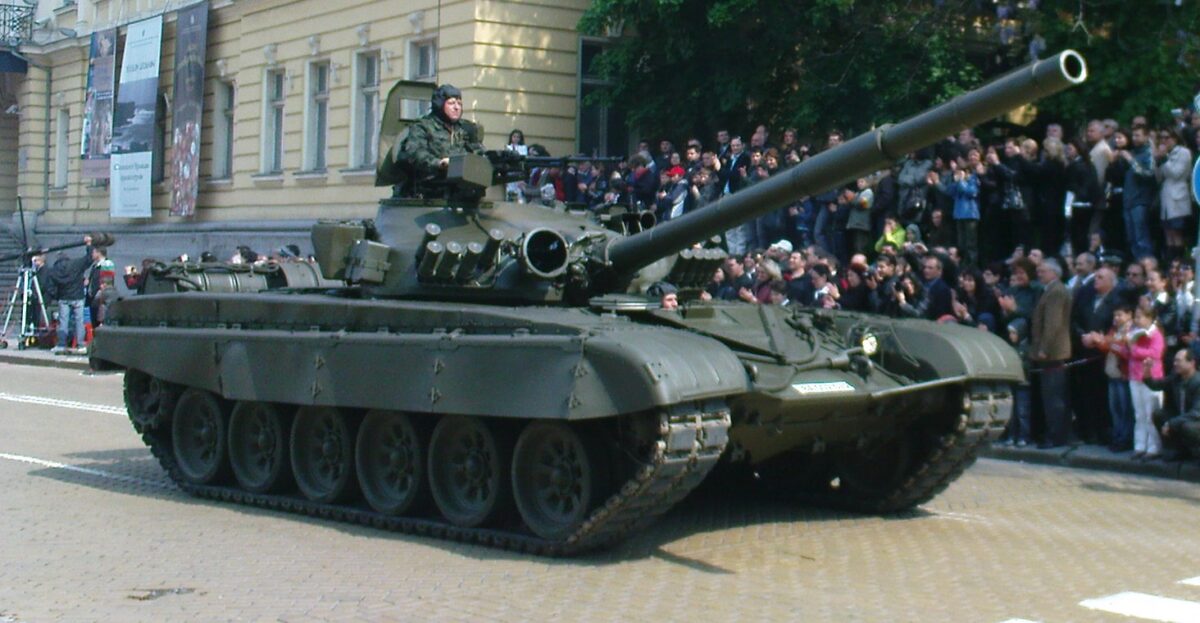
T-72M2 tank on Army day parade in Sofia.
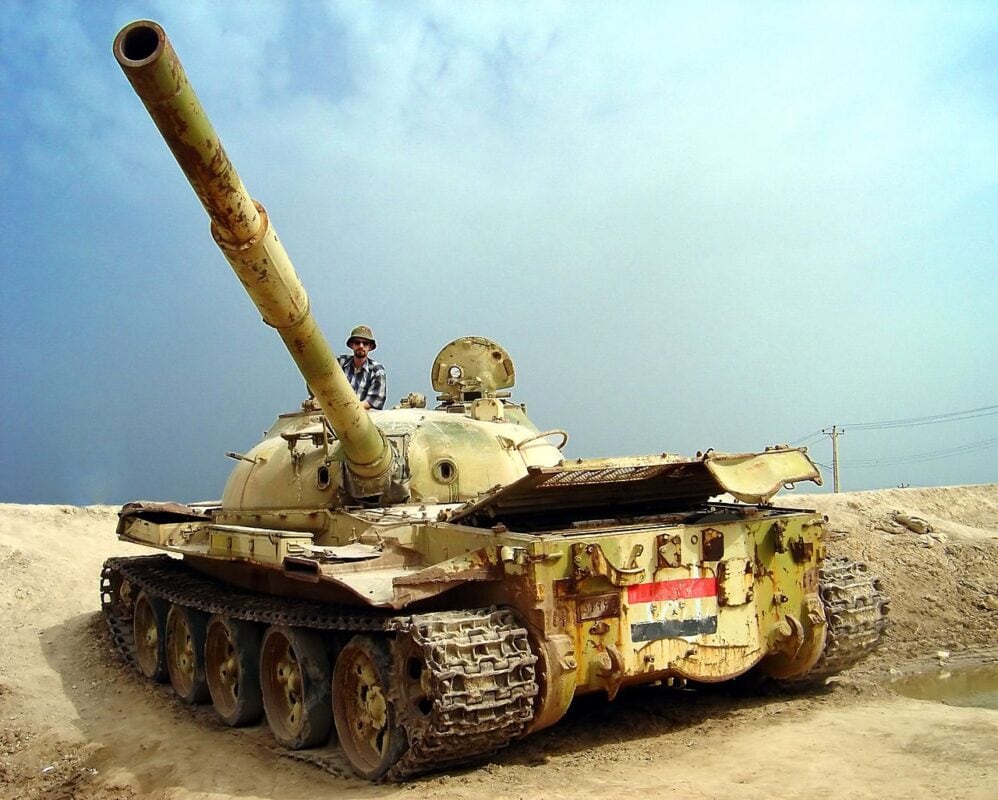
Iranian posing on an Iraqi T-62 tank in Khorramshahr, Khuzestan in Iran, just across the border from Iraq.
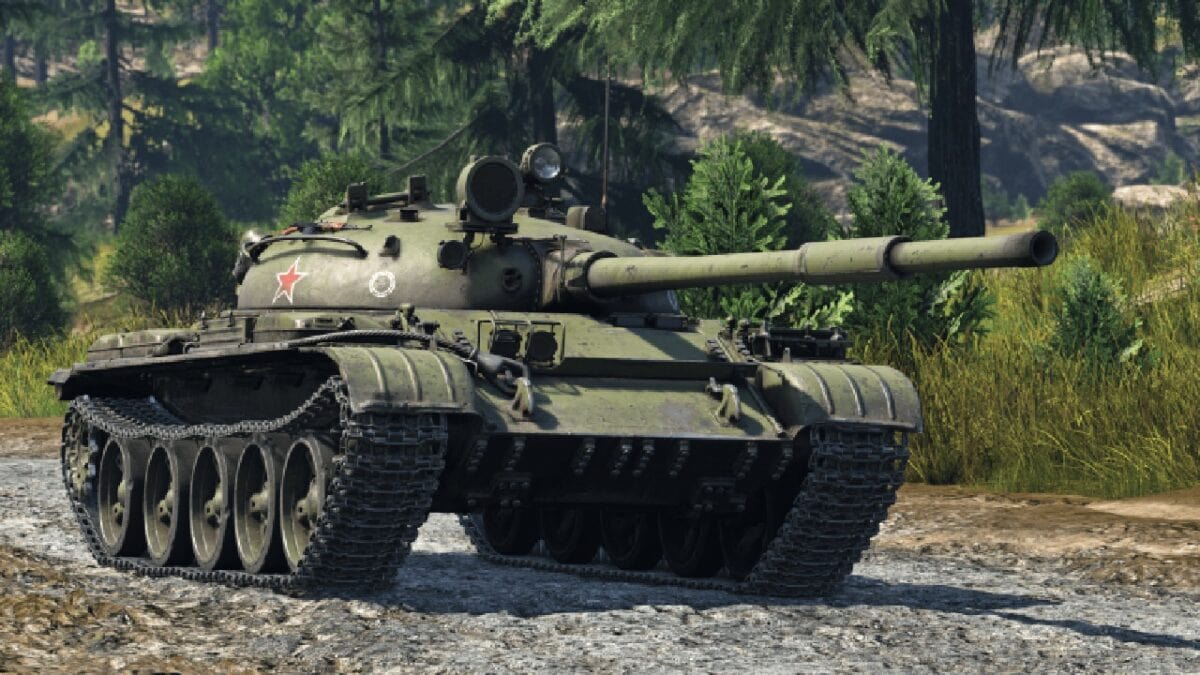
T-62 Tank. Image Credit: Creative Commons.
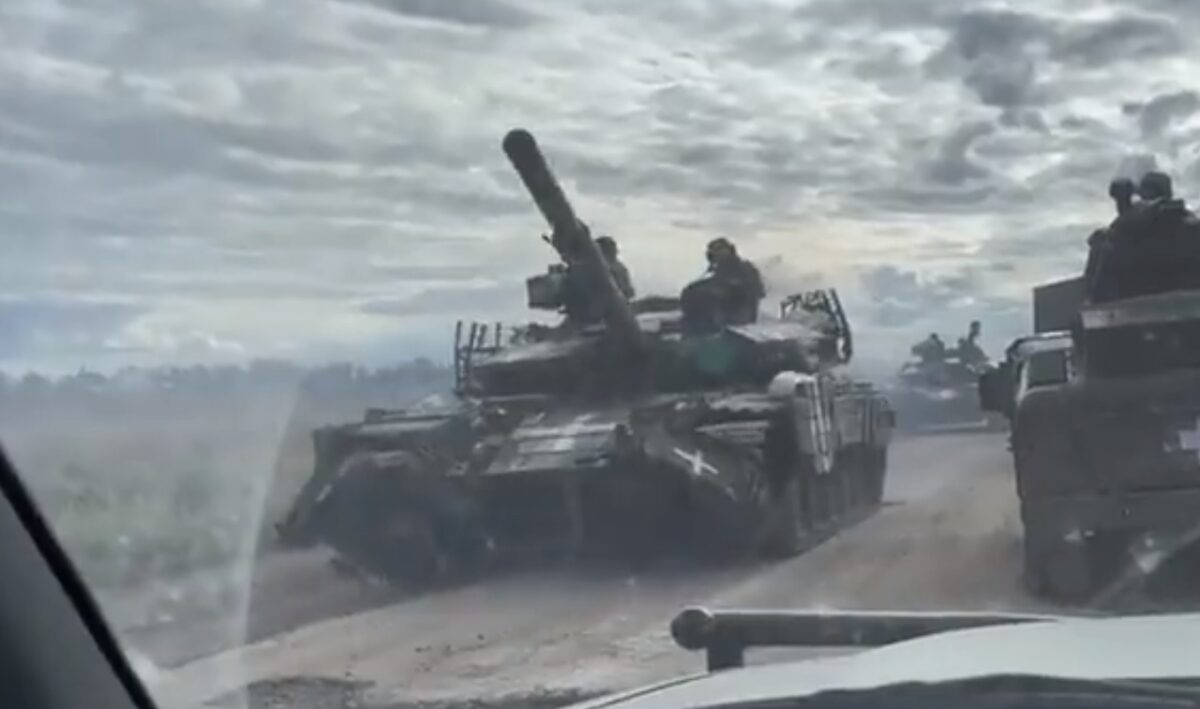
T-62 tanks deployed in Ukraine on September 21, 2022. Image Credit: Social Media/Twitter Screengrab.
The fact remains that Russia is deploying equipment that was essentially placed in reserve for front-line service. It is hard to imagine how anyone could be expected to believe it will be able to continue the fight much longer.
A Senior Editor for 19FortyFive, Peter Suciu is a Michigan-based writer who has contributed to more than four dozen magazines, newspapers, and websites with over 3,000 published pieces over a twenty-year career in journalism. He regularly writes about military hardware, firearms history, cybersecurity, and international affairs. Peter is also a Contributing Writer for Forbes. You can follow him on Twitter: @PeterSuciu.

